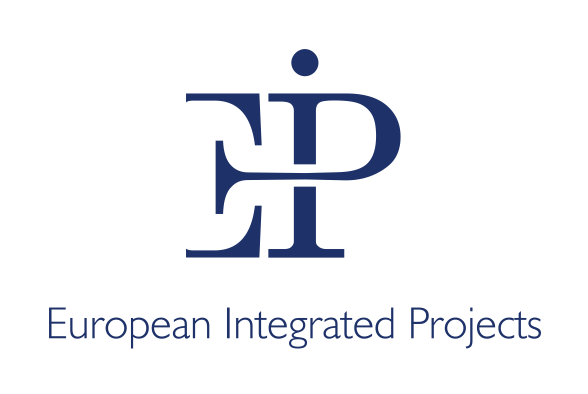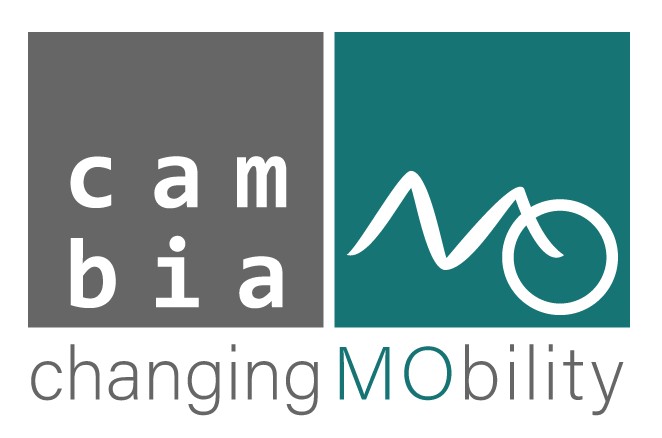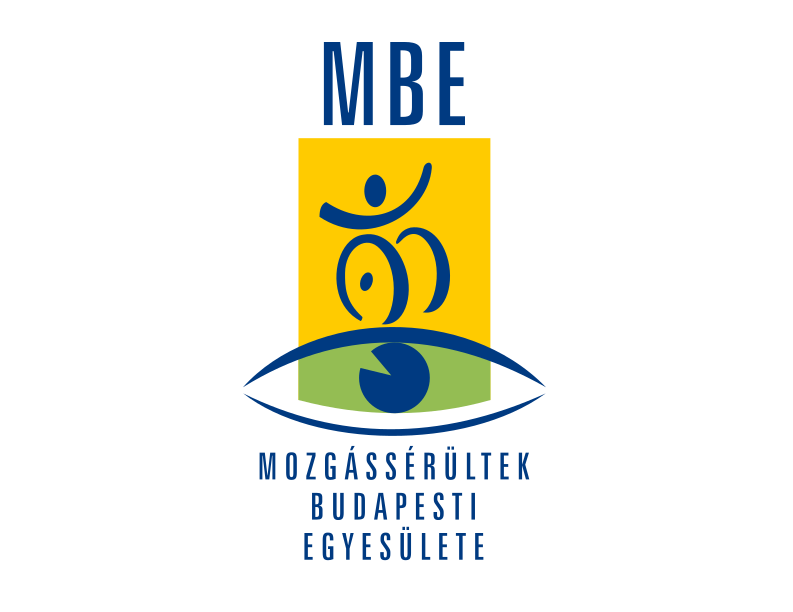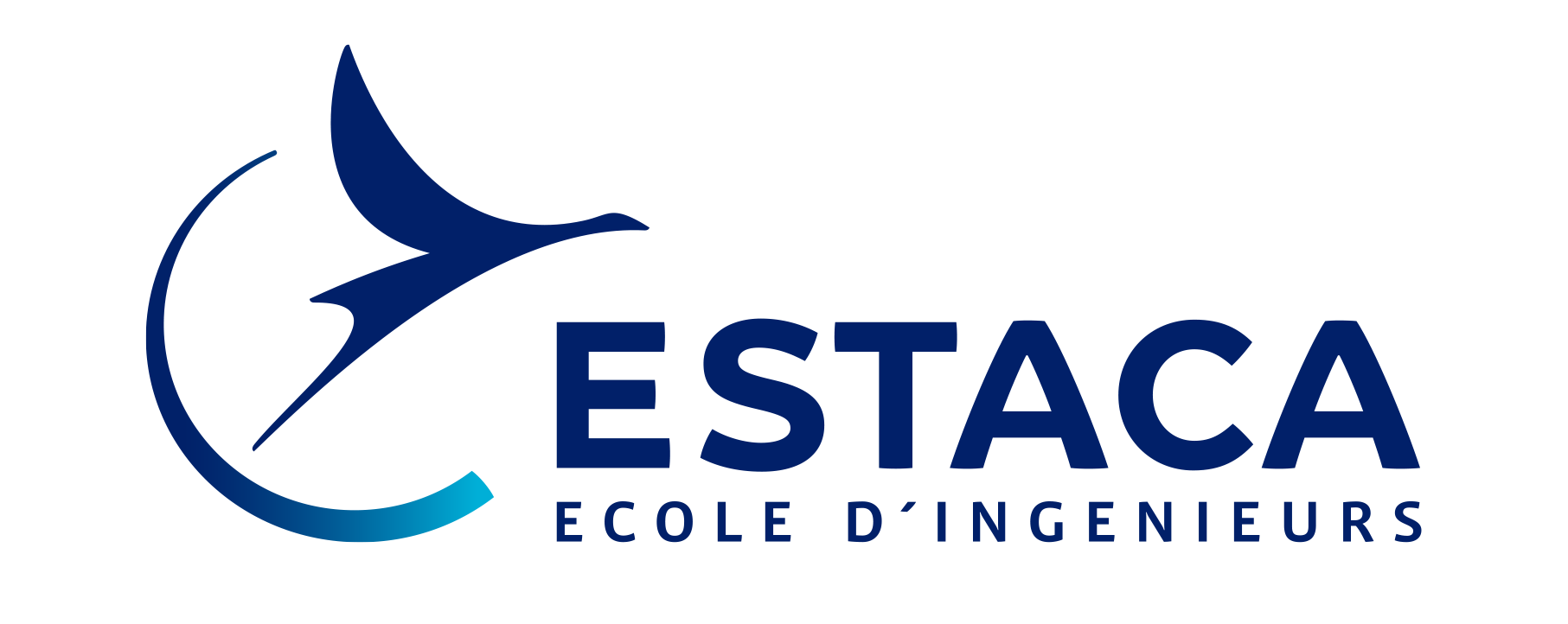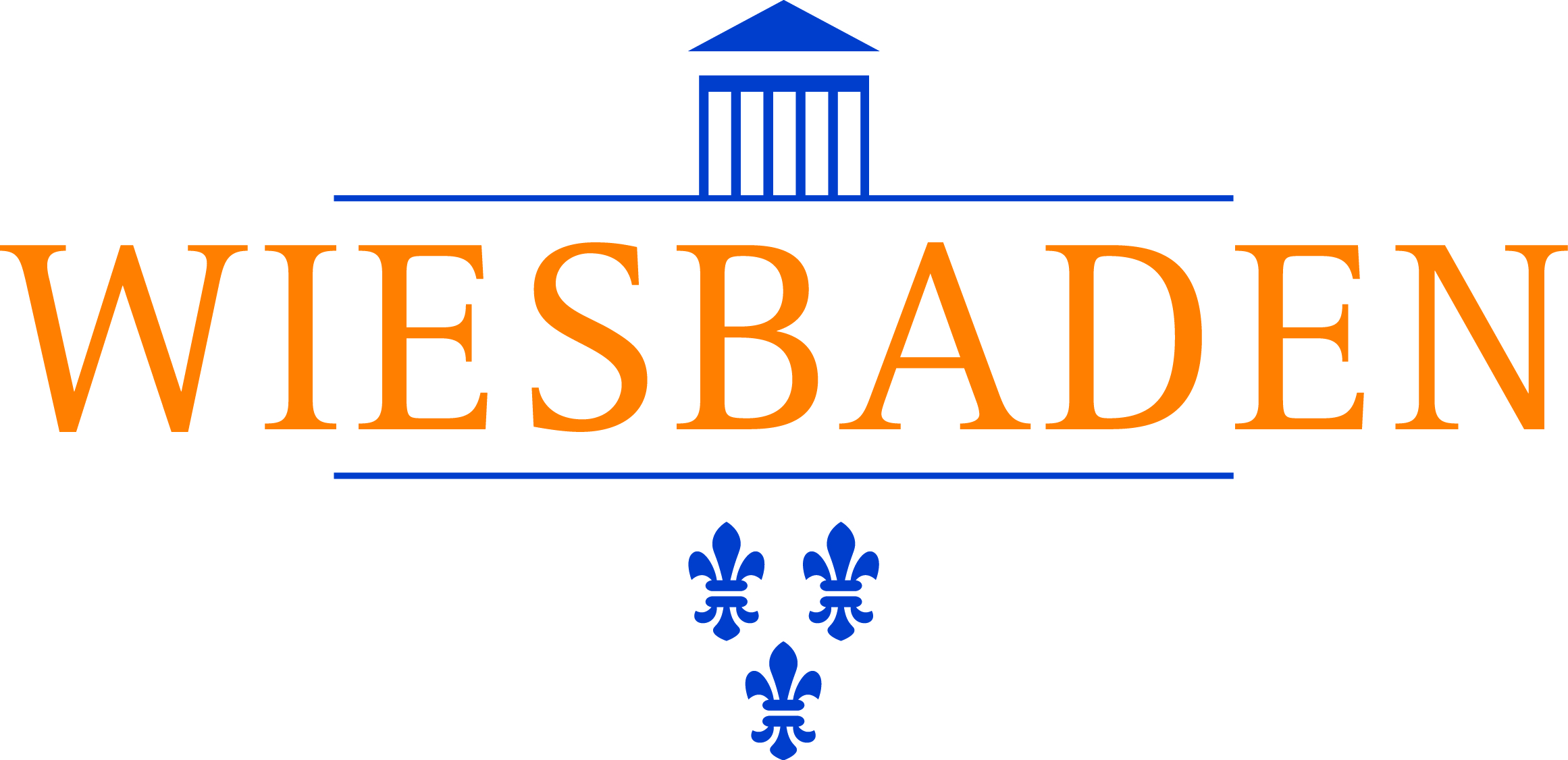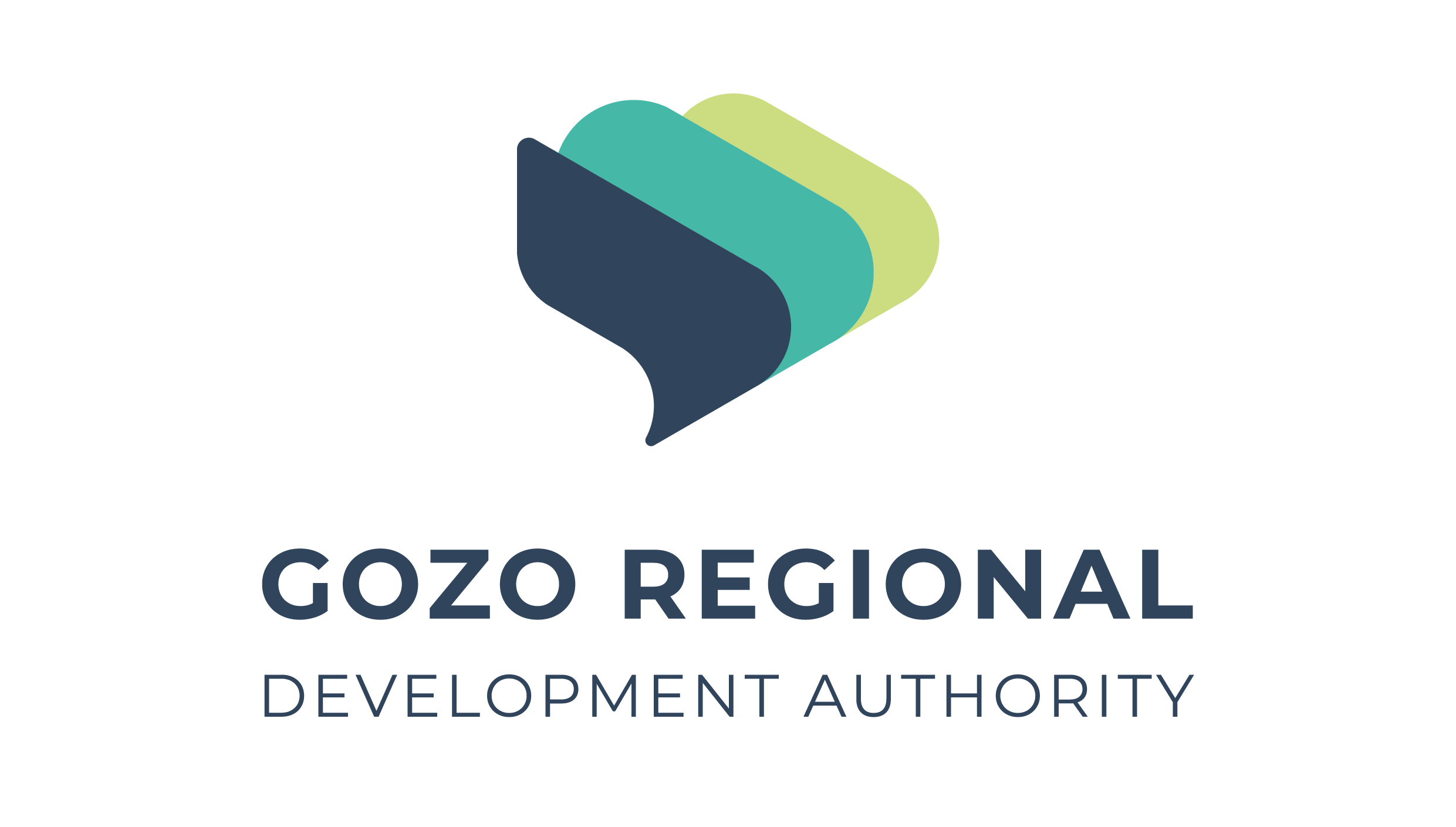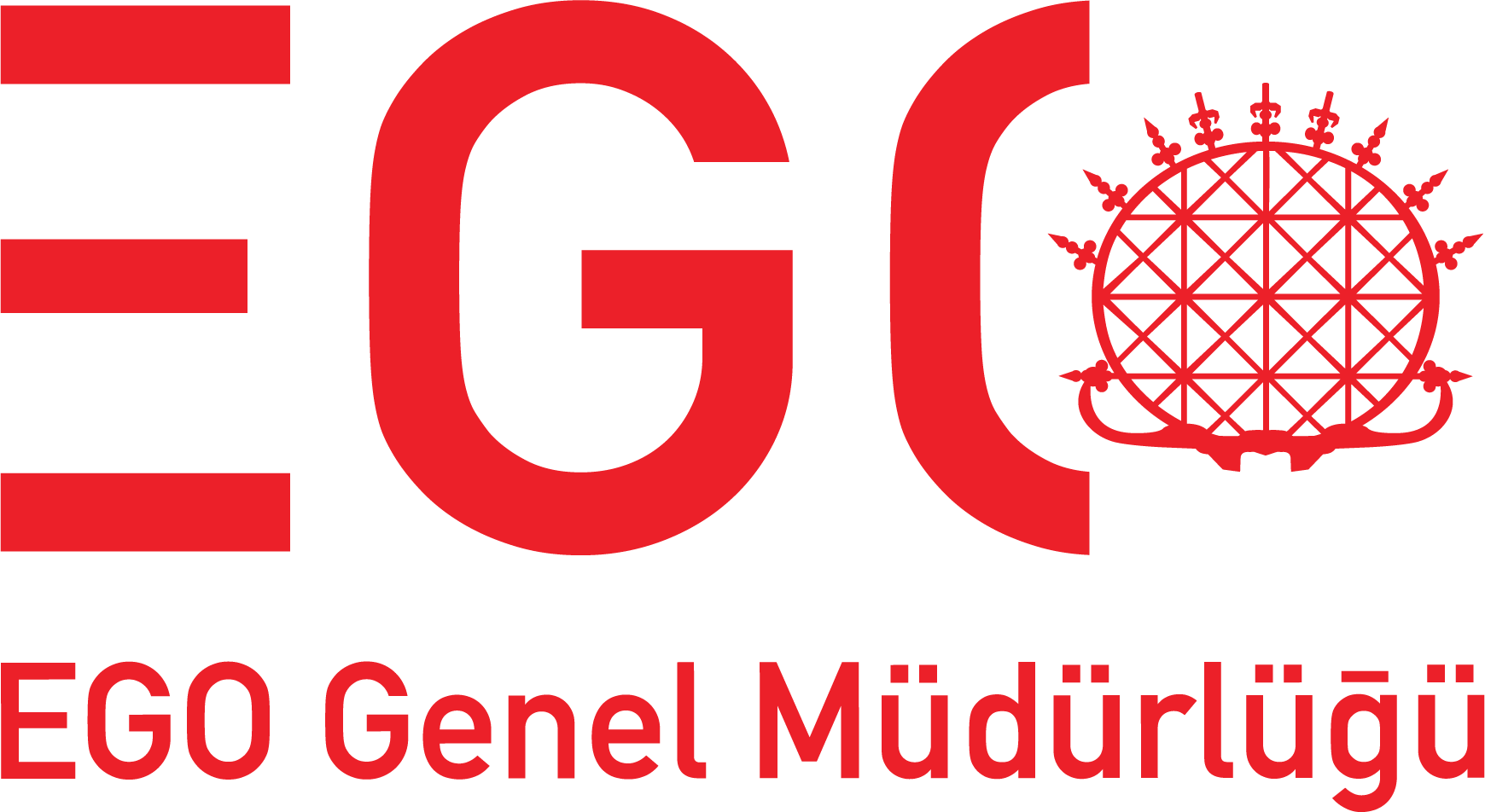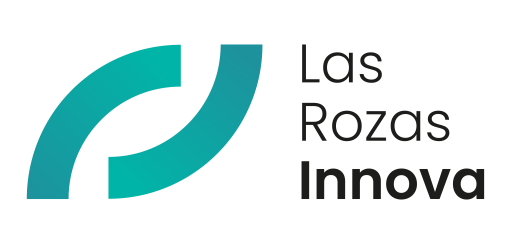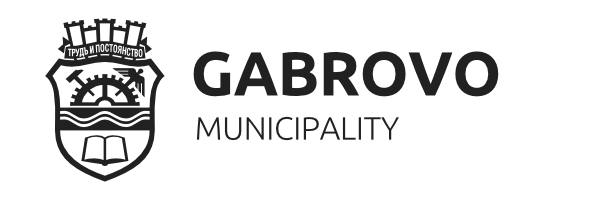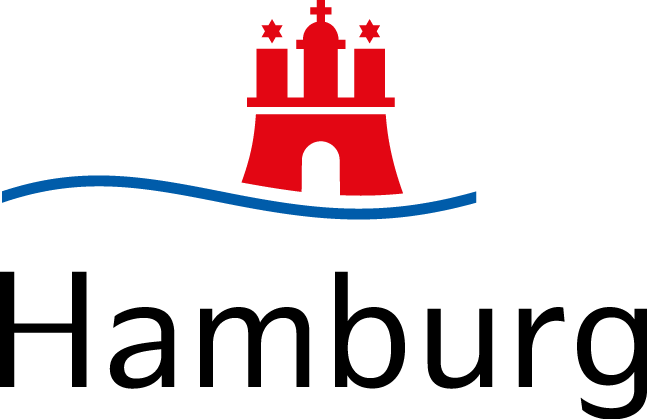Let’s co-create green, safe, and inclusive mobility solutions!
Project overview
Started in June 2023, AMIGOS (Active Mobility Innovations for Green and Safe Solutions) is a 4-year project funded with €9.1 million by the EU’s Horizon Europe programme. It aims to address mobility challenges in 5 cities (Living Labs, LLs) and 10 urban areas (Safety Improvement Areas, SIAs) through co-creation activities and innovative digital tools.
Project main objective
The digital tools, including a Mobility Observation Box and a data collection app, will feed a big data platform and digital twins to visualize mobility scenarios. These tools will help urban stakeholders identify challenges and co-develop solutions to reduce traffic, promote public and active mobility, and improve safety in 5 cities (LLs) and 10 urban areas (SIAs). Key stakeholders, including public authorities and vulnerable users, will define technological and policy solutions, with their impacts assessed for replicability in 5 Twin Cities (TCs).
Key highlights
%
EU-funded
Patners
Fullfilled
Understand urban mobility challenges
Using advanced data collection and modeling methods, AMIGOS will analyse urban mobility ecosystems to identify key challenges cities face.
Co-Create Sustainable Mobility Solutions
AMIGOS will use art- and game-based methods alongside digital-twin city models to design sustainable urban mobility solutions collaboratively.
Boost Public Transport & Active Mobility
Optimize public space in 5 Living Labs and 10 Safety Improvement Areas
Improve Mobility Co-Habitation
Enhance Safety & Quality of Life in 10 SIAs
Through co-creation activities and technological solutions, AMIGOS will analyze specific areas in 10 Safety Improvement Areas (SIAs) and implement safety measures to improve both perceived and actual safety, especially for vulnerable users.
Latest updates
No upcoming events. Sign up to our newsletter for regular updates and exclusive insights.

11 months ago
Check out our city factsheets!
The AMIGOS project will test inclusive, safe, affordable, and sustainable mobility solutions in 10 diverse cities (+5 twin…
5 min read
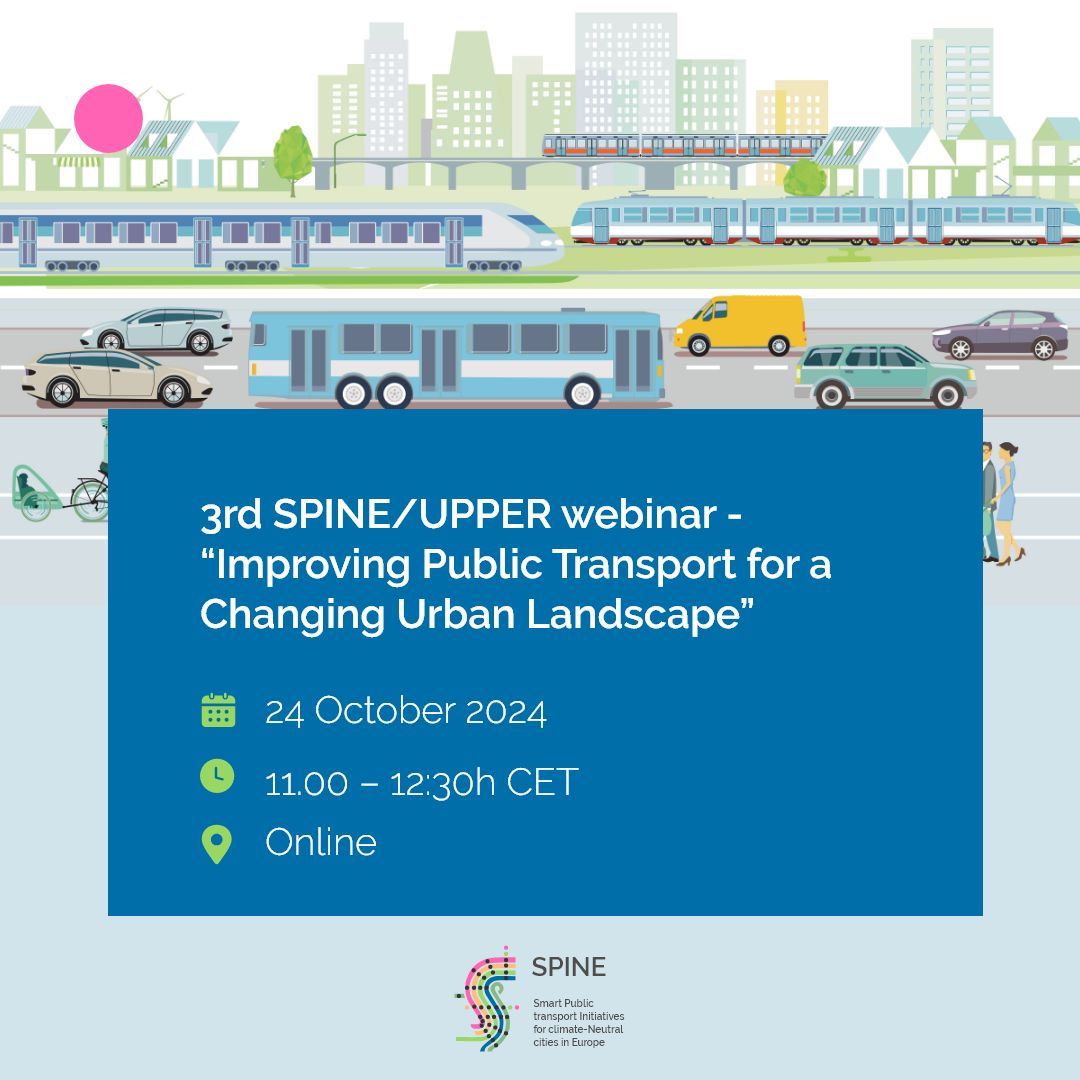
1 year ago
AMIGOS at the SPINE & UPPER 3rd Webinar
Improving Public Transport for a Changing Urban Landscape🗓️ 24 October 2024 | 11:00 – 12:30 CET | Online…
1 min read
Pilot sites
Stay updated
Contact us



